Photo editing via smartphones is pretty easy these days, but some of my readers think creating double exposure via a smartphone is a little bit hard.
to solve this mess, I finally created this article which helps every single newbie photographer to create a double exposure effect just using one application.
this article helps every single photo editor who loves to edit their photographs using mobile applications or if you want to explore more about double exposure.
then this article guides you with just 4 simple steps to apply the double exposure effect to your image.
there are many different kinds of mobile applications available to edit your photos like Snapseed, PicsArt, and many more.
but today in this article, as you know I’m going to use Snapseed.
there’s no specific reason to use Snapseed but this application is free to use and it’s published by Google ( and also supports FREE RAW editing ) so…
and yes, this article is not for pros if you don’t know anything about double exposure or want to learn some basic stuff about double exposure or even how to edit your image then this simple tutorial helps you.
before I start this article, let me tell you something.
I like Snapseed to edit my photos for Instagram ( check out my Instagram ), so download snapseed and follow these simple steps to understand double exposure mode…
Know WHY snapseed is the most unique photo editing app for creative photographers.
Snapseed Double Exposure Using Smartphone
Before we start, let’s just understand the definition of double exposure…
What is double exposure?
Double exposure is the superimposition of two or more exposures to create a single image.
which means one single image contains more than one image! but hows is this possible?
yeah, that’s the right question you are asking me right now, so using some editing tools is possible.
now let’s understand and know how to make a double exposure image.
here’s a simple example of double exposure…

Photo by Reidy68 on Pixabay
as you can see the image, that’s a combination of two different images…
before we start, make sure on your android/IOS device snapseed application is installed
These four steps help you and save time to learn everything about double exposure…
- Select your Images Using Snapseed
- Find the double exposure Option on snapseed
- Check Your Editing History
- With a little bit of retouching
let’s understand each point in detail…
Select your Images Using Snapseed (at least 2 images)
The very first thing you need to do is the selection of your images.
you need at least 2 images to apply the double exposure effect.
So after finalizing your images, open Snapseed and add an image that you want to edit…
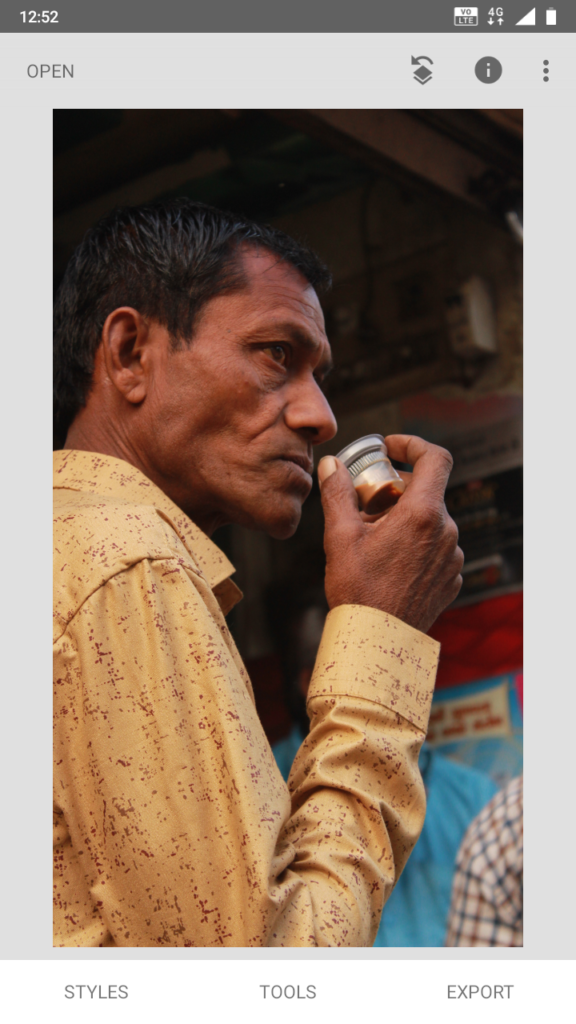
you can do a little bit of editing, play with the exposure, or even filters to get the best out of your image…
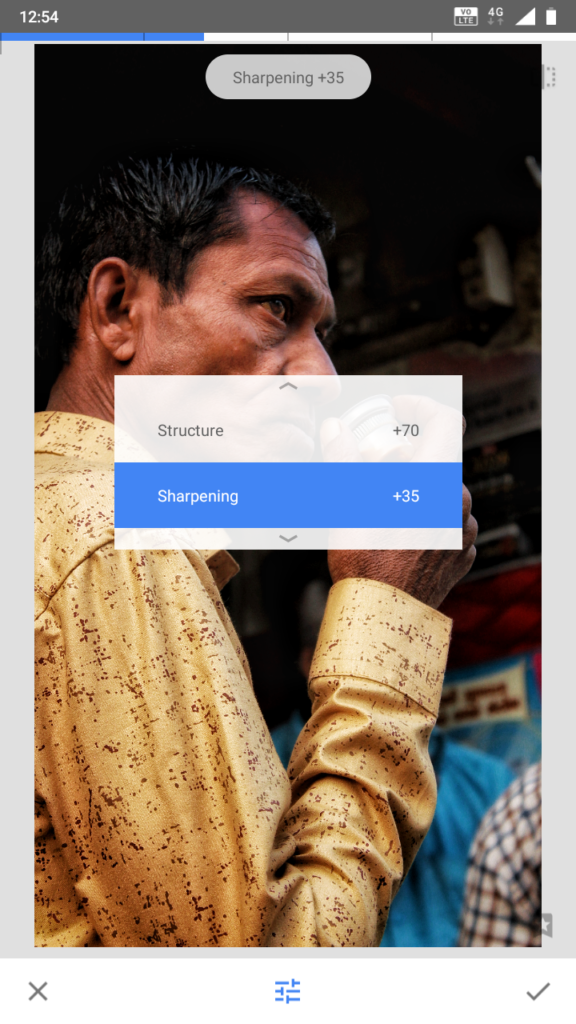
add extra structure, sharpening, and shadow to your photo…
Find the double exposure Option on snapseed
after proper editing select double exposure from the list of tools…
it’s 2023 and I just installed snapseed on my iPhone, and the UI looks same as android so it’s pretty easy to apply double exposure on snapseed rather than any other application.
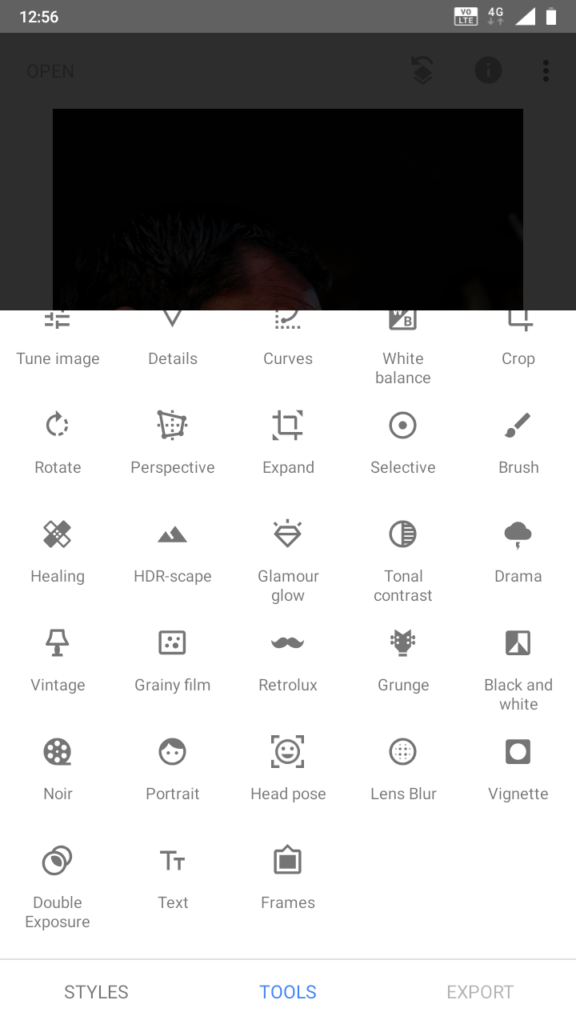
now add another image. ( you can add any images you want but right now I am using the same image. )
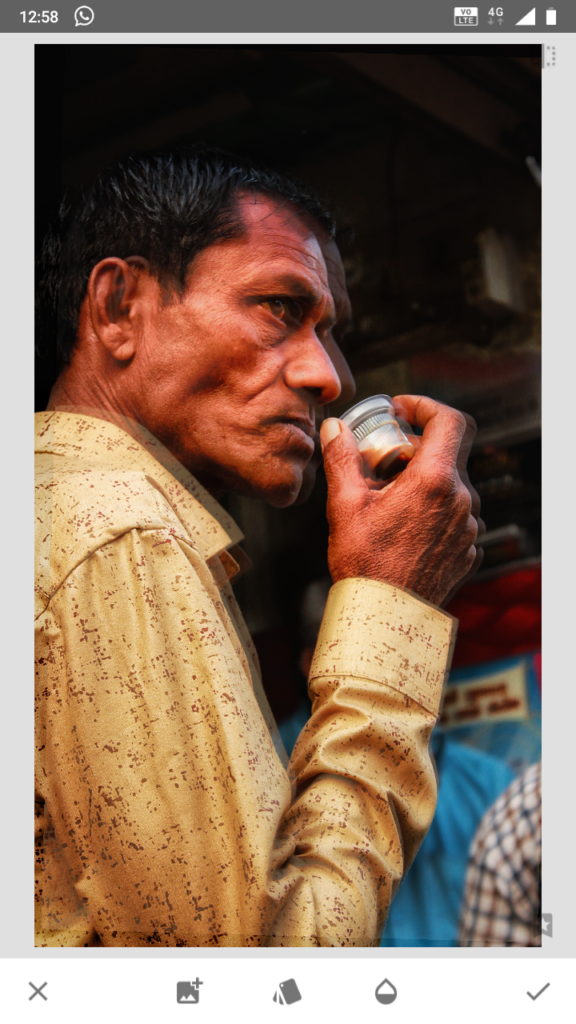
choose opacity around 40-50% so you can manage to see both images clearly.
now set them as your image pattern, and save it.
50% of our work on this tutorial is now done congratulations 🙂
Check Your Editing History
after saving your image, I know that looks a little weird, but believe me, that is worth every editing move after the final touch.
so now click on the view edit tab.
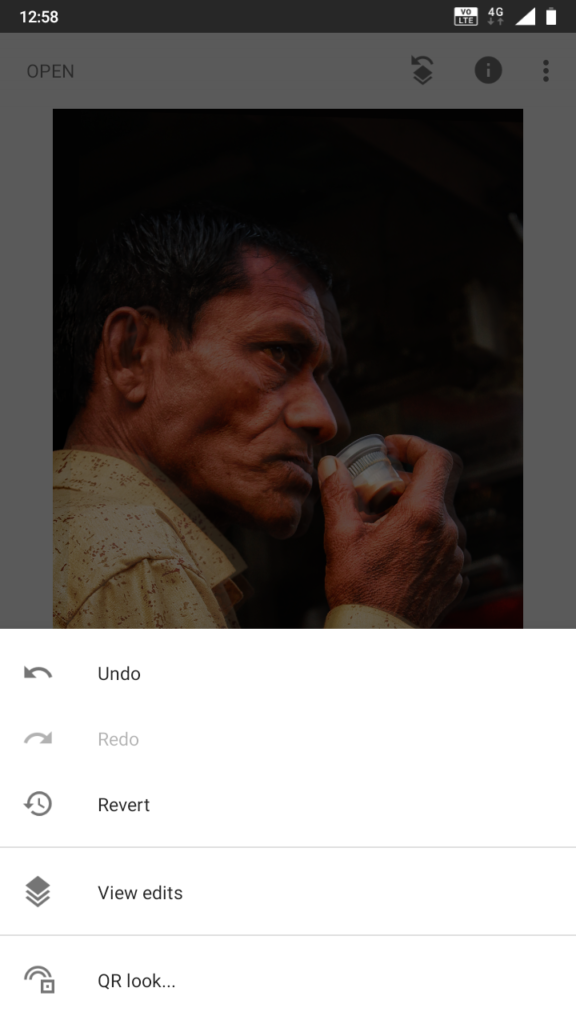
and choose double exposure and select the edit button ( the middle one )
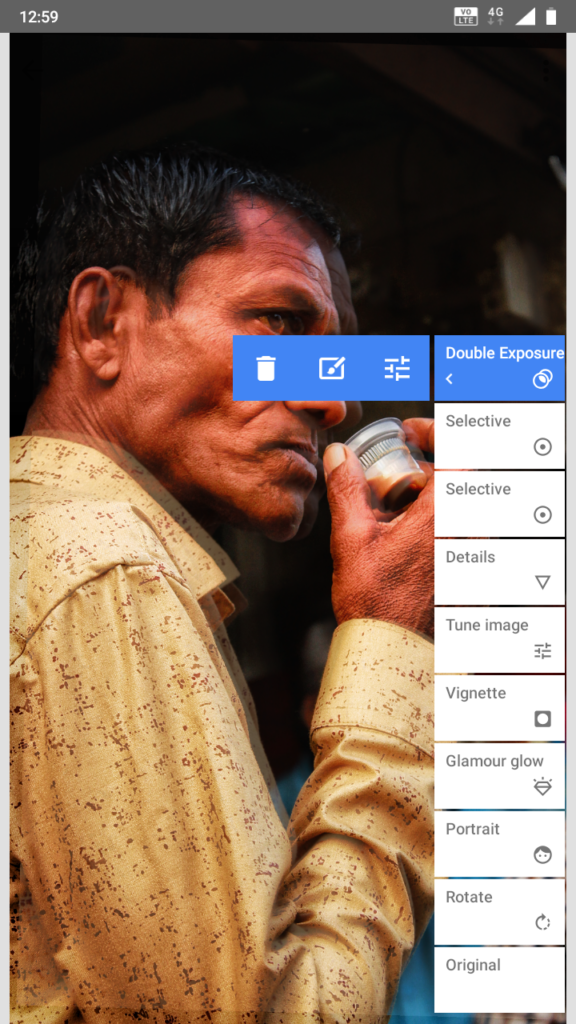
that screen took you to the first editing screen, which contains only the first image.
now use your steady hands (very important :D) and select the area where you want to show your second image.
like this…
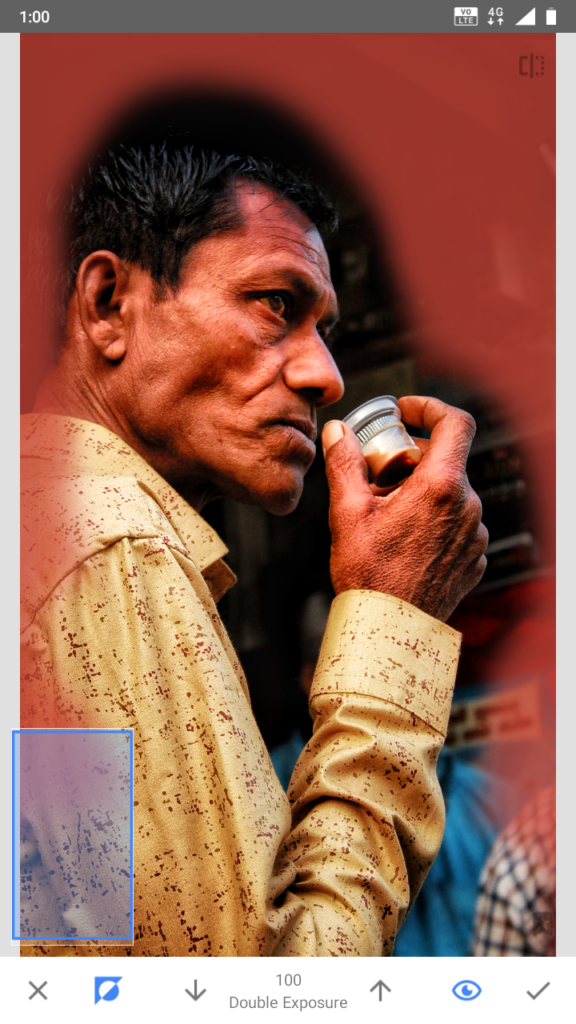
here is the final image.
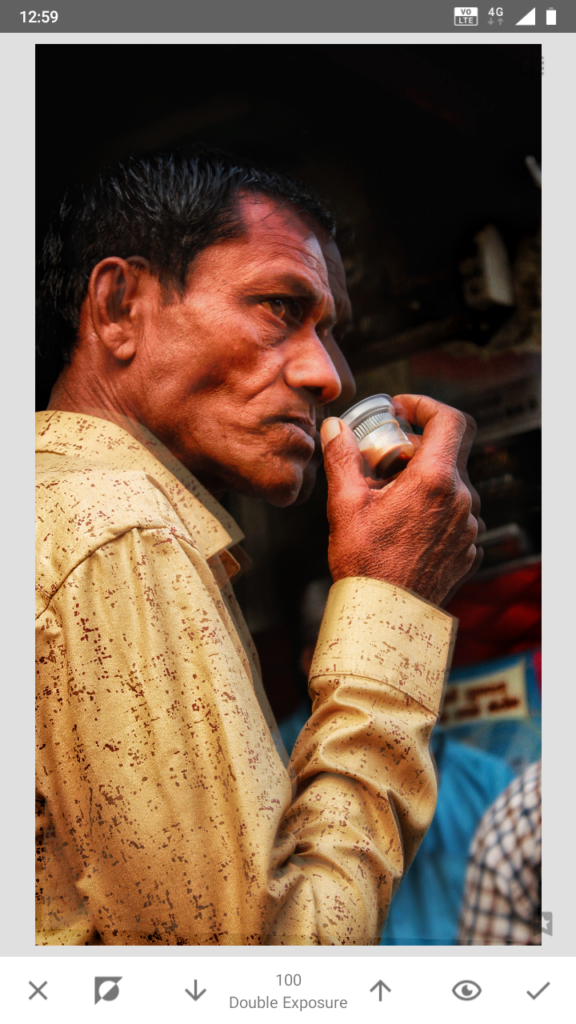
With a little bit of retouching
as you can see in the last image, the double exposure effect is applied and it’s ready to publish.
just add some extra shadow, and colors to your image and that’s it (again optional).
so that are the simple points you need to follow if you want to apply double exposure using snapseed.
now let me share some of my favorite and best double exposure examples, so you get the idea…
Examples of Double exposure images
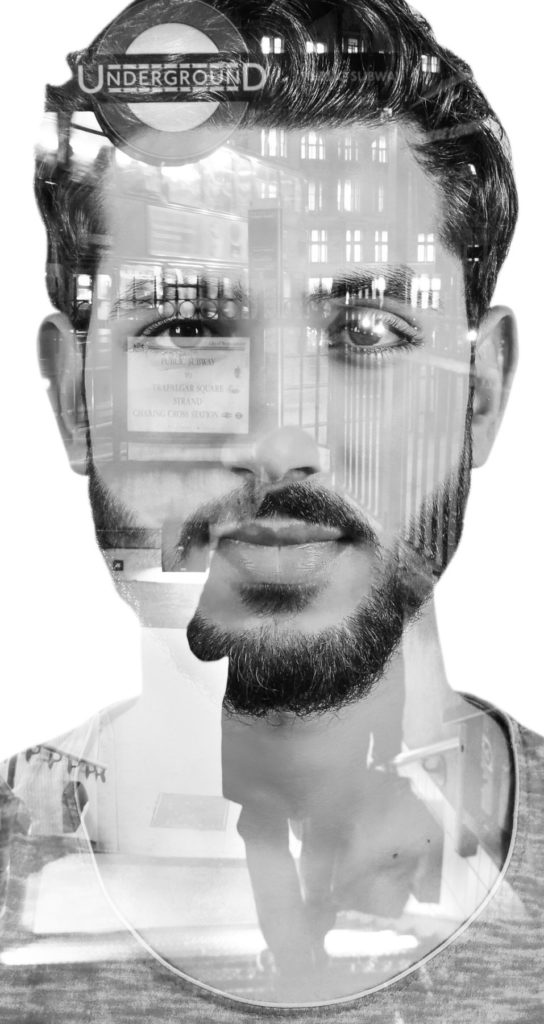
Photo by reidy68 on Pixabay

Photo by JairoVD on Pixabay
as you know there’s no upper limit if you’re an artist, so you can create your own pattern/looks to get the best out of double exposure.
you can even record your editing process and upload it on youtube or even Instagram reels to gain some real following 😀
Important Things you can do Using Snapseed Application
hope you guys find this article helpful.
and if you liked this snapseed double exposure tutorial then please share it with your other friends as well 🙂
PS: if you’re not able to load images from snapseed then just make sure you’ve given permission to access your images.
to resolve this snapseed can’t allow load image, go to application settings and give permission to access your photos.
so you can easily load the image and create double exposure images using snapseed.
Read more
- 6 Trusted & High Paying Sites to sell photos online | Used by Pros
- 27 Great Photography Blogs You Need To Follow In 2023 | Indian Edition
- SNAPSEED Hacks | Most Unique & FREE Photo Editing Application
- 10 Sharp & Easy Editing Tips To Make Any Photo Look Professional
- 7 Proven & Unique Ways to Earn As a Photographer
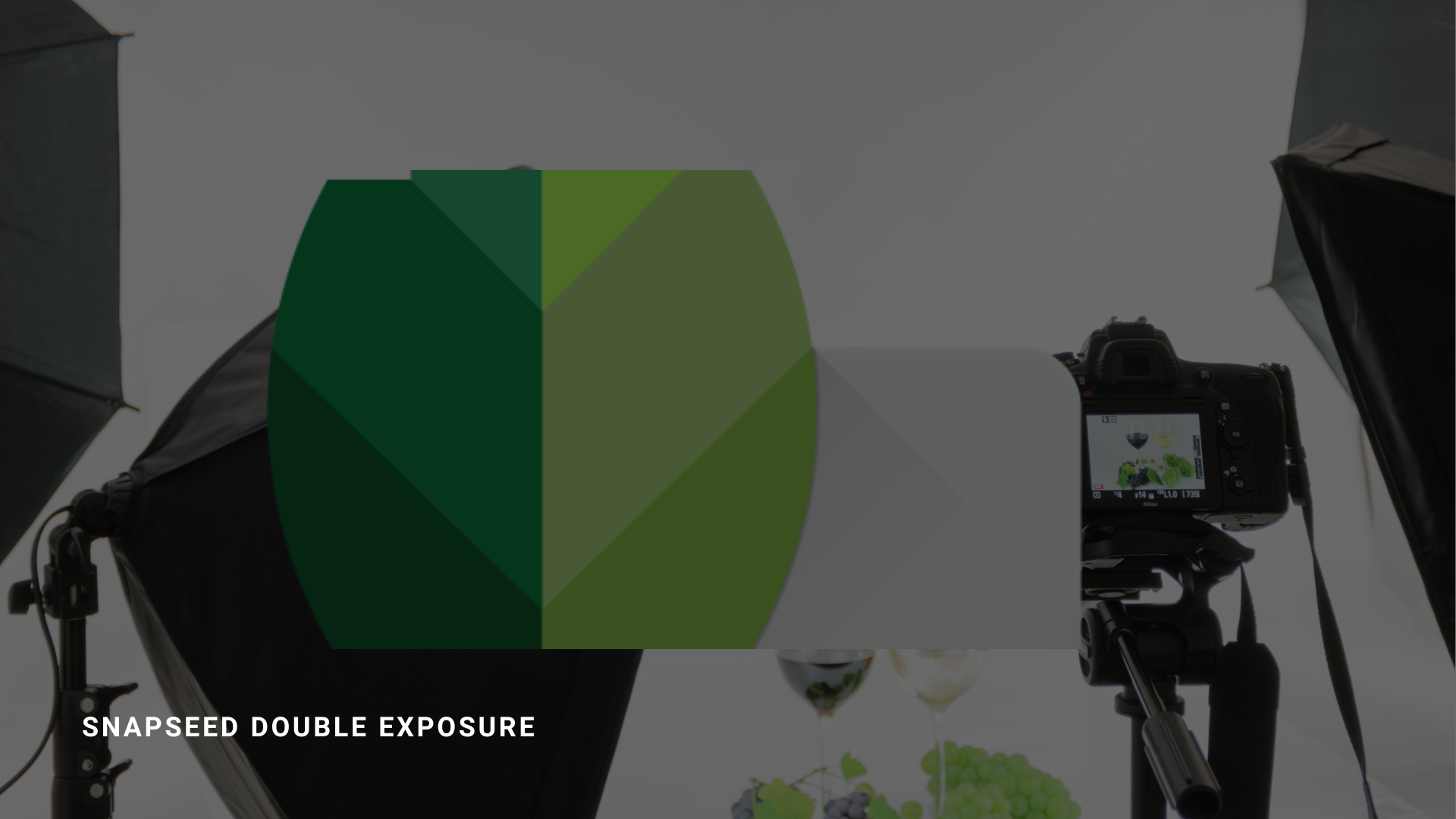
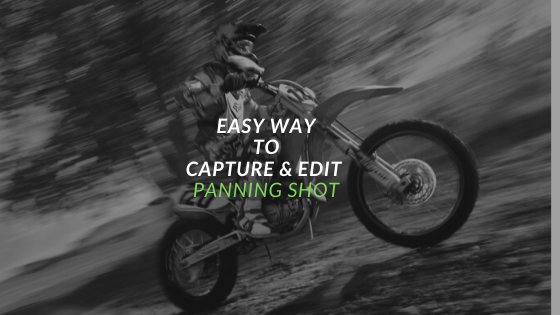

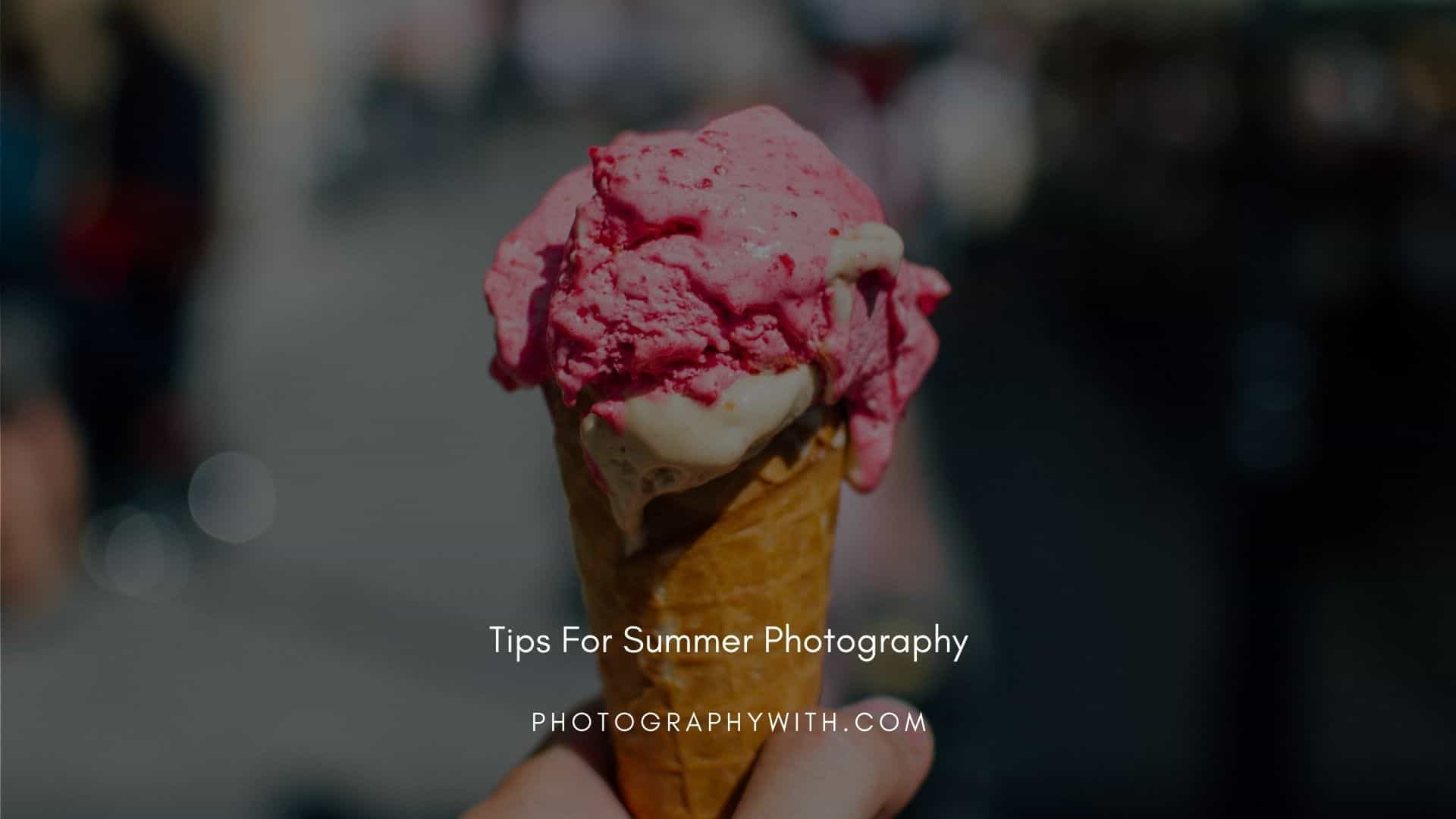
 FREE Guide Revealed!
FREE Guide Revealed! Don't Miss Out The Opportunity To Earn as Photographer in this year :)
Don't Miss Out The Opportunity To Earn as Photographer in this year :)
thank you for this. I have an iPhone 14 pro, up to date software and up to date Snapseed. My problem is that I cannot load a second image in the Double Exposure function. I have tried several, all Jpegs, and the message I get all the time is that the image cannot be loaded. Any ideas?
I see. Here are a few things you can try:
1. Make sure that the images you are trying to load are not corrupted. You can try opening them in another app to see if they are working properly.
2. Try restarting your iPhone. Sometimes this can fix software-related issues.
3. Uninstall and reinstall Snapseed. This will delete all of your settings and data, so make sure to back them up first.
4. Contact Snapseed support for help. They may be able to provide more specific troubleshooting advice.
Here are some additional things to keep in mind:
1. The images you are trying to load must be Jpegs. Other file formats, such as PNGs, are not supported.
2. The images must be less than 30MB in size.
3. The images must be in portrait or landscape orientation. Square images are not supported.
I hope this helps!